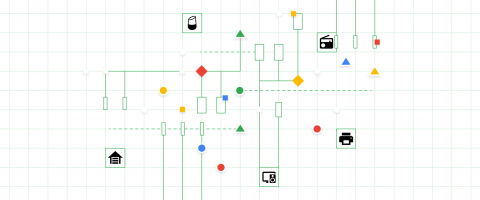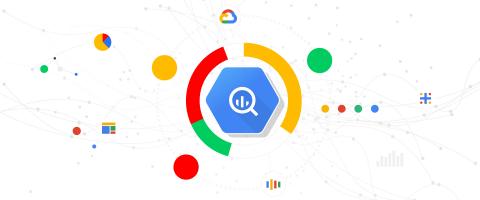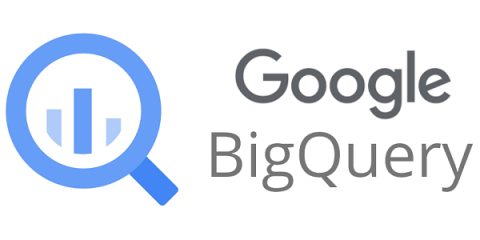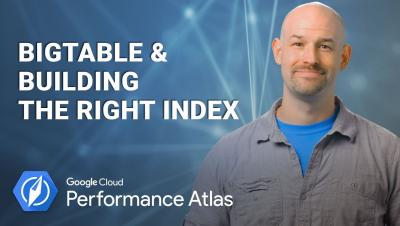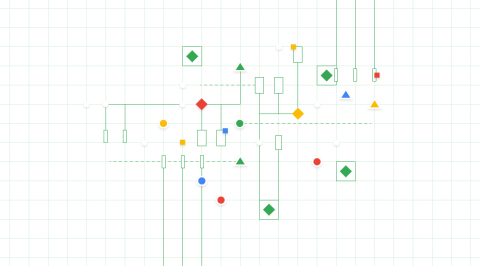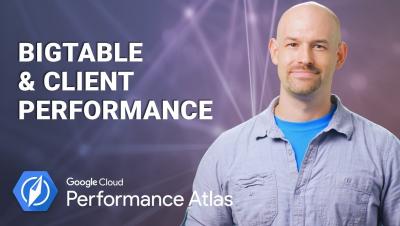Systems | Development | Analytics | API | Testing
Google BigQuery
AI in depth: monitoring home appliances from power readings with ML
As the popularity of home automation and the cost of electricity grow around the world, energy conservation has become a higher priority for many consumers. With a number of smart meter devices available for your home, you can now measure and record overall household power draw, and then with the output of a machine learning model, accurately predict individual appliance behavior simply by analyzing meter data.
Query without a credit card: introducing BigQuery sandbox
Today we are announcing the BigQuery sandbox, a credit-card free path to enable new users and students to experiment with BigQuery at no cost—without having to enter credit card information. As organizations begin to collect more and more data, many find that a serverless data warehouse like BigQuery is the only platform that can scale to meet their needs.
Introducing six new cryptocurrencies in BigQuery Public Datasets-and how to analyze them
Since they emerged in 2009, cryptocurrencies have experienced their share of volatility—and are a continual source of fascination. In the past year, as part of the BigQuery Public Datasets program, Google Cloud released datasets consisting of the blockchain transaction history for Bitcoin and Ethereum, to help you better understand cryptocurrency. Today, we're releasing an additional six cryptocurrency blockchains.
How we built a derivatives exchange with BigQuery ML for Google Next '18
Financial institutions have a natural desire to predict the volume, volatility, value or other parameters of financial instruments or their derivatives, to manage positions and mitigate risk more effectively. They also have a rich set of business problems (and correspondingly large datasets) to which it’s practical to apply machine learning techniques.
The Right Bigtable Index Makes All the Difference
Connecting BigQuery and Google Sheets to help with hefty data analysis
As enterprises amass terabytes of complex data, they need tools to house and make better sense of their information. This is why we’ve built BigQuery, to help data analysts deal with large datasets. But not all of us are data wizards. Many of us use spreadsheets to perform ad-hoc analysis.
New BigQuery UI features help you work faster
Since announcing our new interface back in July, our goal has been to make it easier for BigQuery users and their teams to uncover insights and share them with teammates and colleagues. Whether you’re a veteran or brand new to BigQuery, we wanted to highlight some of the major improvements we’ve made to the interface in the past five months. Some of this functionality was previously available in the classic UI, while other elements are totally new. Let’s take a closer look.



